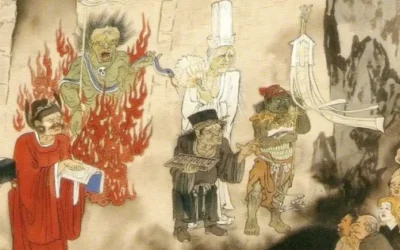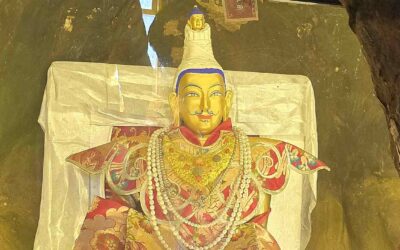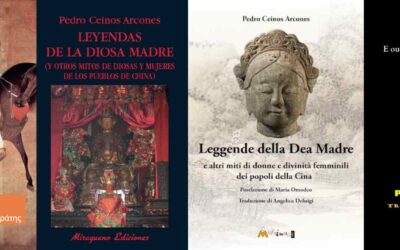The Dong are one of the minorities of China with a large population. According to the census of the year 2000 their population was 3,000,000 people.
They live mainly in Guizhou Province (approximately 1,800,000 people), along a fringe of flat lands that cross the province from north to south. There is also a big Dong population in the southern part of neighboring Hunan Province (about 900,000), and more than 200,000 persons in Guangxi Zhuang Autonomous Region, and a few thousand in Hubei Province (Enshi Prefecture).
The Dong, as do most of the peoples related to them, live near the rivers or in hills generally not of great height. They mainly cultivate rice. They raise domestic animals, especially hens and pigs. The exploitation of the forests, which holds a special spiritual relationship with the Dong, is an activity of economic importance.
They refer to themselves as «Kam.»
It is generally considered that there are two quite different types of Dong, the Dong of the North and the Dong of the South.
There are important linguistic and cultural differences between them. In general those of the north have received more influences from mainstream Chinese culture, while those of the south better conserve the Dong traditions. The typical monuments of the Dong, such as Drum Towers, Bridges of Rain and Wind, and the Temples of the Goddess Mother Sama, are all characteristic of the Dong of the South.
Their language belongs to the Sino-Tibetan family, Dong Dai branch, Zhuang Dong sub-branch. It has two main dialects, understandably called the northern and southern dialects, whose speakers cannot understand each other easily. Each one of these dialects has in turn three clearly differentiated local sub-dialects.
After 1958 an alphabet was invented for their language, but it has not been widely used. Before 1958, they used Chinese characters adapted to their own language.
More posts on China ethnic groups
Viaje-Yunnan-Tibet
YUNNAN – TIBET 2026 DESCARGA EL PROGRAMA ILUSTRADO Día 1. Llegada a Kunming. Htl Grand Park Tiempo libre para pasear tranquilamente por la ciudad antigua, el Mercado de los Peces y los Pájaros, etc. Día 2. Kunming - Weishan. Desayuno + almuerzo. Hotel Xiongzhao Por...
La solución a la epidemia de suicidios de Occidente se encuentra en la cultura de un pueblo del Himalaya
La solución a la epidemia de suicidios de Occidente se encuentra en la cultura de un pueblo del Himalaya. En los últimos años se ha disparado el número de suicidios entre los jóvenes. En algunos países, como España, ya han superado a los accidentes de circulación como...
Drak Yerpa: Los acantilados para la meditación tibetana
Drak Yerpa: Los acantilados para la meditación La visita a los acantilados de Drak Yerpa, a unos 30 kilómetros de Lhasa, aparte de proporcionar una idea de la belleza del paisaje tibetano y de algunos asentamientos rurales cerca de la capital, nos proporciona la...
El gran mago taoísta Liu Zheng
El gran mago taoísta Liu Zheng Liú Zhèng era natural de Pèi[1]. Dotado de talento sobresaliente y vasta erudición, no dejaba rama del saber sin explorar. Reflexionó profundamente y concluyó que los honores y riquezas mundanas duran apenas un instante, mientras que el...
Viaje-Todo-Tibet
DESCARGA AQUÍ EL PROGRAMA COMPLETO TÍBET COMPLETO – 20 MAYO 2026 Este programa permite conocer todos los lugares famosos en historia, religión y geografía del Tíbet. Todo lo que has leído sobre Tíbet lo conocerás en este viaje Las dos montañas más importantes, Everest...
Leyendas de la Diosa Madre
Leyendas de la Diosa Madre Es un placer comunicaros que ya ha sido publicada y está a la venta la traducción al italiano de mi libro Leyendas de la Diosa Madre (y otros mitos de diosas y mujeres de los pueblos de China). Como muchos de vosotros ya sabréis este libro...







